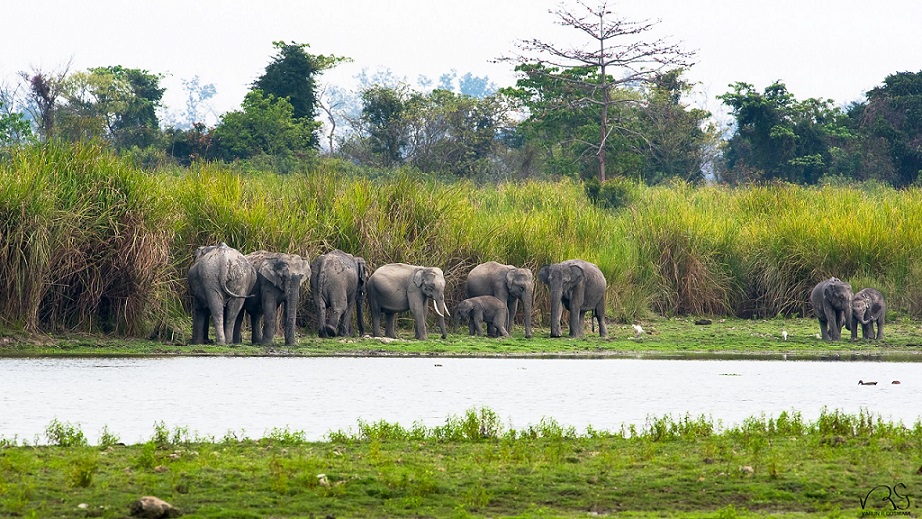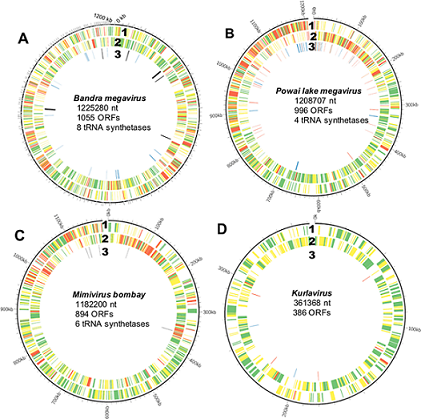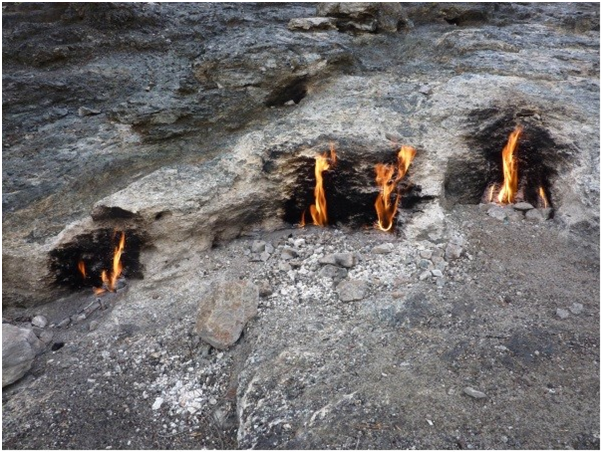
Kaziranga Elephants (Photo : Varun R Goswami)
Elephants worldwide are threatened by deforestation and poaching for ivory. Reliable monitoring of their populations is a key priority for conservation policy and action. A new study done in Northeast India has shown that taking a series of photographs of elephants may be a good technique for determining actual number of elephants in an area.
Researchers from Wildlife Conservation Society India and the Forest Department, Assam, used systematically documented photographic identities of individual elephants to estimate Asian elephant populations in the Kaziranga National Park in Assam.
Based on their characteristic body features such as shape of the ear lobe, tusk orientation and tail length among others, each elephant was assigned a unique ID upon ensuring that it was different from all other individuals in the database. This ID was then attached to all subsequent recaptures of the same elephant.
The elephants were divided into adult males and herd-adults (comprising adult females and sub-adults), Based on social structure. The researchers photographed 890 elephant sightings, out of which 720 sightings yielded usable photographs for individual identification. Of them, the number of unique elephants comprised 210 adult females, 23 sub-adult females, 88 adult males and 28 sub-adult males. Out of the 88 adult males, there were 48 tuskers and 40 without tusks.
" The elephants were divided into adult males and herd-adults (comprising adult females and sub-adults), Based on social structure. The researchers photographed 890 elephant sightings, out of which 720 sightings yielded usable photographs for individual identification."
“Our study pioneers the use of photographic spatial capture–recapture to estimate all segments of an Asian elephant population, including the largely solitary adult males and the herd-living adult females and younger elephants,” explained Dr. Varun R. Goswami, who led the research team.
It emerged that adult males travelled less than the other elephants during the survey period in the flood-plain ecosystem of the Park. Periodic flooding of the Brahmaputra River that forms the northern boundary of Kaziranga forces wildlife to move between the park and habitats to its south.
Based on elephant movement, the study estimated that a total of 908 herd-adults, 228 adult males and 610 juvenile and young comprise the population of elephants found both within Kaziranga National Park, as well as adjoining habitats. “Conservation strategies for Kaziranga National Park must consider the larger landscape of which it is a part,” said Dr Divya Vasudev, a member of the team.
The research team included Varun R. Goswami, Mahendra K. Yadava, Divya Vasudev, Parvathi
K. Prasad, Pragyan Sharma and Devcharan Jathanna. The findings have been published in journal Scientific Reports.
India Science Wire













